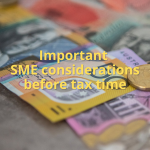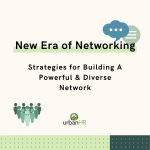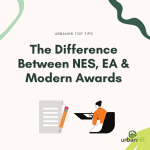
Peer Recognition is the Secret to Employee Engagement
When employees share recognition, they are doing trade in the currency of gratitude. Many leaders assume that what employees want most from their workplace is a promotion, more perks, or even a larger salary— however, what employees want is to be recognised for their accomplishments.
Many companies rely on top-down recognition, trusting their leaders to see great work and appreciate it.
However, peer recognition is laterally focused, taking away the power hierarchy and has the opportunity to see a lot of great work that often goes unnoticed by leaders.
It opens the teams’ perspective, becoming open and more aware of the good work of those all around them. It allows recognition to flow in all directions across the organisation chart and creates a free-flowing transformation that enables people to be themselves wholeheartedly.
Here’s what you can do! #UrbanTopTips
#1. What Are the Benefits?
Peer Recognition instils a sense of team spirit, builds trust and motivates high performance. Employees start to see how their position affects the work of others and receive great job satisfaction through belonging to a workplace culture that endorses gratitude.
It encourages deep, personal connections with the team, help to create and strengthen their most important relationships.
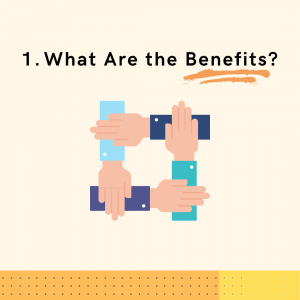
Teams become more cooperative when they can recognise each other’s efforts, rather than relying on top-down recognition which can adversely instil competition.
Many people, especially the younger generations, want to work for companies that provide a space for authentic recognition. And remember, the better your company’s culture is – the better your retention rate is bound to be.
Click here to read more!
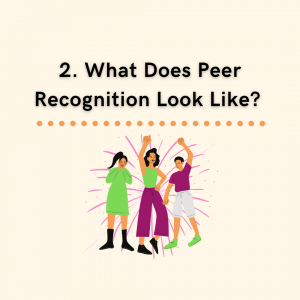
#2. What Does Effective Peer Recognition Look Like?
Peer Recognition doesn’t come naturally to everyone. We recommend hosting a webinar by your culture champions or sharing relevant resources to demonstrate and coach employees on what and how to give recognition to those around us.
For some people, sharing thanks to others can come easy. Whereas others may feel a little uncomfortable sharing their emotional gratitude towards others.
We suggest 4 best practices for your peer recognition program.
- Timely – Make it a priority to share appreciation as soon as possible Recognition at the moment is powerful and it shows that you’re paying attention and that you care!
- Genuine – Real gratitude makes it easy to speak sincerely. Appreciation is authentically earned and should authentically given – not a tick box HR exercise.
- Specific – Take the time to connect with their success and why it matters to you. Teams should thank each other for “specific” events for example Thanks for coming up with an out of the bo solution that solved a headache for the team! Or Great job on that project!
- Public – Shining a spotlight on other people’s accomplishments has many benefits! It turns the recognition moment into a heartfelt experience of gratitude. It increases the awareness of leaders who may not see the great work that individuals do every day
#3. Simple Ways to Incorporate Peer Recognition
Recognition! Praise! Appreciation!
There are a variety of peer recognition programs, it can be informal, with spontaneous, handwritten thank you cards, or formal, with enterprise-wide, technology-based solutions.
Creating a peer recognition program empowers everyone within an organisation to show appreciation to each other.
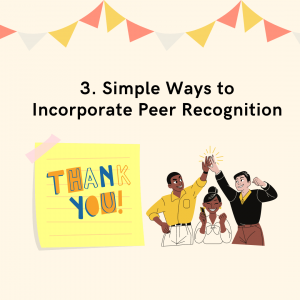
It may take shape in an internal platform with a social feed of continuous tanks, hi five’s and kudos, team huddles or a message board.
Everyone can participate and share the responsibility of boosting morale, reach across departments and congratulate each other for their hard work.
You could even take the extra step to encourage staff to nominate coworkers for rewards!
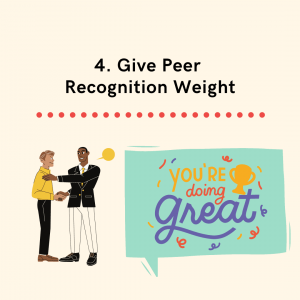
#4. Give Peer Recognition Weight
Some companies have gone the extra mile to include peer recognition as a part of their employee’s performance analysis, leading to a well-rounded assessment of another employee.
Rather than having raises and promotions solely focused on an employee’s performance and work ethic, we’d suggest exploring your peer recognition program and understanding from a peer perspective on who should be promoted and appraised.
Employees should be made to believe that their views matter for the peer recognition program to be truly successful.
When peer recognition is an established part of your company culture, there are more opportunities for your employees to recognise and thank each other. This leads to individual benefits, such as better life and job satisfaction, lower stress, and a deeper connection to those around you, as well as, organisational benefits, such as greater employee retention, higher employee engagement, and building camaraderie.
By spreading gratitude throughout your organisation, you build a culture where empathy, openness, and happiness thrive—and where resentment, hostility, and aggression wither. And that sounds like an organisation where anyone would want to work.
As always, should you need some help, please get in touch.






